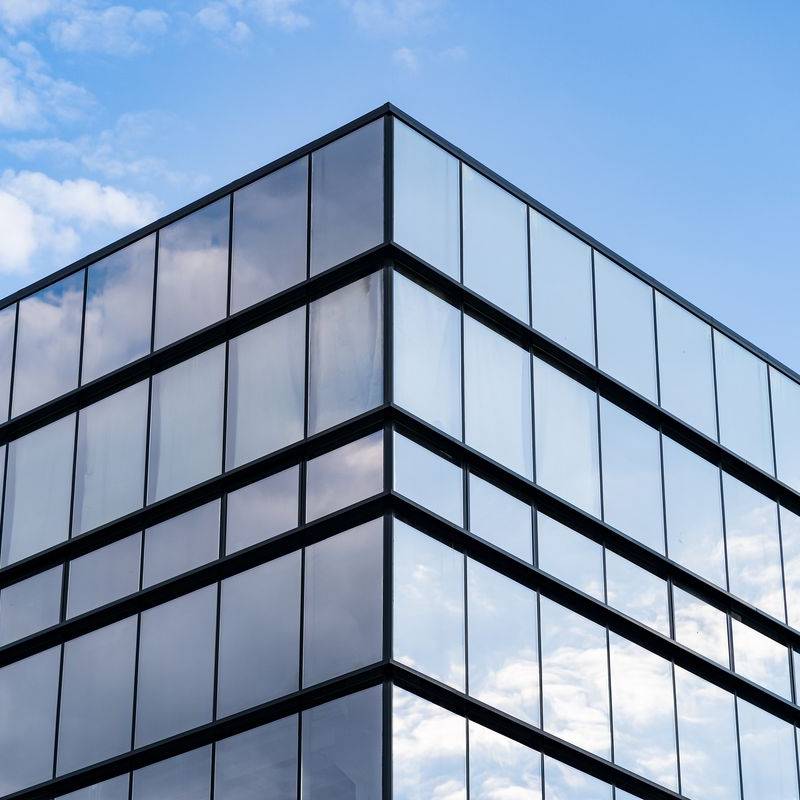

The Benefits and Applications of Thick Tempered Glass
In the world of modern architecture and design, thick tempered glass has emerged as a significant player. As an advanced material, it combines aesthetic appeal with structural strength, making it a favored choice for various applications. Whether used in residential buildings, commercial spaces, or automotive industries, thick tempered glass offers a range of benefits that enhance both functionality and design.
What is Thick Tempered Glass?
Thick tempered glass, also known as toughened glass, is produced through a process of extreme heating followed by rapid cooling. This method alters the physical properties of ordinary glass, resulting in a product that is several times stronger than standard glass. Typically, thick tempered glass is available in thicknesses ranging from 6mm to 25mm or more, which not only enhances its strength but also makes it suitable for a variety of applications.
Safety Features
One of the most compelling reasons for the widespread use of thick tempered glass is its safety advantages. In the event of breakage, tempered glass shatters into small, blunt pieces rather than sharp shards, significantly reducing the risk of injury. This feature makes it an ideal choice for environments where safety is a priority, such as in schools, hospitals, and homes with children. Additionally, the high impact resistance of thick tempered glass makes it suitable for high-traffic areas or buildings subject to extreme weather conditions.
Aesthetic Appeal
Beyond safety, thick tempered glass offers an undeniable aesthetic appeal. Its clarity and sleek surface can enhance the visual appearance of buildings and interiors, allowing for ample natural light and expansive views. Architects and designers often use thick tempered glass for facades, skylights, and glass walls, contributing to modern and minimalist design concepts. The ability to customize thickness and size further expands its use in bespoke projects, seamlessly integrating with various styles and materials.

Energy Efficiency
Thick tempered glass also plays a crucial role in energy efficiency. With advancements in manufacturing technology, glass can now be treated to enhance its thermal insulation properties, minimizing heat transfer. Triple-glazed or low-emissivity (Low-E) coatings can be applied to thick tempered glass, reflecting heat while allowing natural light to penetrate. This feature not only helps maintain comfortable indoor temperatures but also reduces reliance on heating and cooling systems, leading to lower energy costs.
Versatility in Applications
The versatility of thick tempered glass is evident in its diverse range of applications. In residential settings, it is commonly used for shower enclosures, glass doors, and large windows that offer unobstructed views. The commercial sector also benefits from its use in storefronts, office partitions, and conference rooms, where transparency fosters collaboration and openness. Additionally, thick tempered glass serves important roles in the automotive industry, where it is used in windshields and side windows for safety and durability.
Environmental Considerations
As eco-consciousness grows among consumers and industries, thick tempered glass stands out as an environmentally friendly option. It is 100% recyclable, meaning that at the end of its life cycle, it can be repurposed without loss of quality. The use of natural light facilitated by glass installations also reduces the need for artificial lighting, contributing to lower energy consumption in buildings.
Conclusion
In conclusion, the use of thick tempered glass in architecture and design carries numerous advantages that extend beyond its basic functions. With its safety features, aesthetic appeal, energy efficiency, versatility in applications, and environmental benefits, thick tempered glass represents a forward-thinking choice for contemporary design. As we continue to balance functionality with aesthetics in our built environments, the role of thick tempered glass is only set to grow. Whether you’re an architect, contractor, or homeowner, understanding the value of this remarkable material can lead to more informed and impactful design choices.